Whilst the debate surrounding Oslob’s feeding of whale sharks continues, studies have been conducted on how the tourist attraction has been supporting the livelihoods of fishermen, and perhaps that of the whale sharks too

Barangay Tan-awan, a small village found in the municipality of Oslob, Philippines, is home to the most-dived whale shark site on the planet. Thanks to the daily sighting of whale sharks close to shore, Oslob Whale Sharks – the official whale shark sighting operator – became an overnight success. Since 2011, Oslob has been owned and run by a co-operative of fishermen, the Tan-Awan and Oslob Sea Wardens and Fisherman’s Association (TOSWFA), in partnership with the local government. TOSWFA families own the land on which Oslob runs, and all income earned from ticket sales go directly to the fishermen and the local government, who channel income to protecting whale sharks, marine conservation, and the community. Interestingly, the incomes earned by TOSWFA fishermen and their community are significantly higher than those of fishing communities from best practice expatriate-owned dive tourism in other parts of the world.
Whale sharks are listed as Vulnerable on the IUCN Red List, but the fishermen of Tan-awan were never fishers of whale sharks. Whale sharks have been coming to the bay of Tan-awn to feed on uyap (krill), bumping the banca (traditional outrigger canoes) of fishermen and getting in the way of nets. The fishermen would throw handfuls of uyap to move them out of the way. It is this presence that Oslob Whale Sharks is built on.
Diese Geschichte stammt aus der Issue 01 - 2018-Ausgabe von Asian Diver.
Starten Sie Ihre 7-tägige kostenlose Testversion von Magzter GOLD, um auf Tausende kuratierte Premium-Storys sowie über 8.000 Zeitschriften und Zeitungen zuzugreifen.
Bereits Abonnent ? Anmelden
Diese Geschichte stammt aus der Issue 01 - 2018-Ausgabe von Asian Diver.
Starten Sie Ihre 7-tägige kostenlose Testversion von Magzter GOLD, um auf Tausende kuratierte Premium-Storys sowie über 8.000 Zeitschriften und Zeitungen zuzugreifen.
Bereits Abonnent? Anmelden
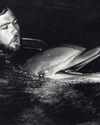
The Sea Specialist: An Interview With Bret Gilliam
Most people learn to crawl before they walk, but there is a man who learned to swim before taking his first steps. Diver, entrepreneur, writer, athlete, maritime specialist – Bret Gilliam is the complete package. Just add water.

The Best Of Diving In Southeast Asia: Explore The Amazon Of The Seas
Southeast Asia encompasses the world’s most biodiverse reefs and some of the best diving anywhere on the planet. From the tiniest and rarest critters to huge fish schools and the biggest pelagics, the region has it all, and there’s something to suit divers of any level.
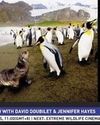
Below With David Doubilet & Jennifer Hayes
Best known for their work with National Geographic, David Doubilet and Jennifer Hayes came together to discuss their work with the youth, and, as Jennifer put it, “submerging with the emerging talent”.
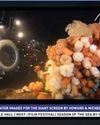
Underwater Images For The Giant Screen
Howard and Michele Hall are best known for their success in underwater IMAX filmmaking.
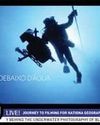
Journey To Filming For National Geographic Wild Brazil
Cristian is an acclaimed and highly versatile Brazilian wildlife filmmaker who works both underwater and topside.
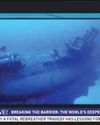
Breaking The Barrier: The World's Deepest Dive
David Strike shared a brilliant presentation about the history of deep diving and how Lt. George Wookey achieved the world’s deepest dive in 1956 using a surface-supplied rebreather.
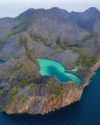
Dive the Golden Land
The Best of Diving In Southeast Asia

OFFICIAL LAUNCH OF BLUE HOPE
Top Session of the Week (14,319 (Views) / 42,831 (Reach)
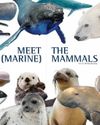
MEET THE (MARINE) MAMMALS
MEET THE (MARINE) MAMMALS

Fashion Faux Pas
What can be done to mitigate the impact of the garment industry on our oceans?